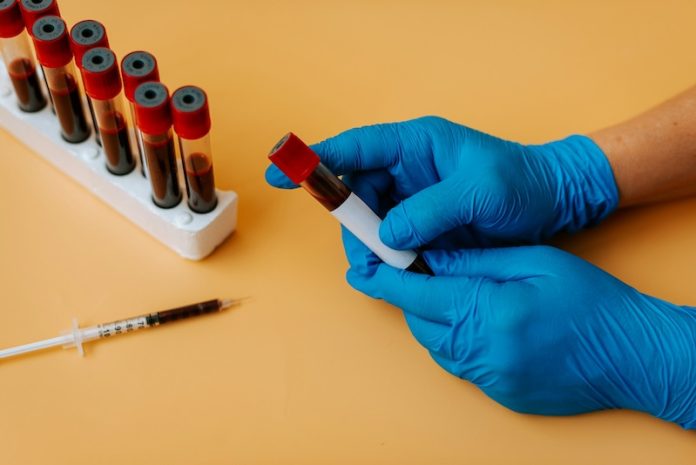
Cholesterol is a fatty substance found in your blood. Your body needs some cholesterol to build healthy cells, but too much of it can be harmful. One of the most serious risks linked to high cholesterol is stroke. A stroke happens when blood flow to the brain is blocked or when a blood vessel bursts.
This can lead to brain damage, disability, or even death. But how exactly does high cholesterol increase the chances of stroke? This article explains the connection using plain language and research-based information.
There are two main types of cholesterol: low-density lipoprotein (LDL) and high-density lipoprotein (HDL). LDL is often called “bad cholesterol” because it can build up in the walls of your blood vessels and form plaques.
These plaques can make the blood vessels narrow and less flexible—a condition known as atherosclerosis. On the other hand, HDL is known as “good cholesterol” because it helps remove extra cholesterol from the bloodstream.
When LDL cholesterol is too high, it can create blockages in arteries, including those that supply blood to the brain. If a piece of plaque breaks off, it can form a clot that travels through the bloodstream and blocks an artery in the brain. This is called an ischemic stroke, which is the most common type of stroke, accounting for about 87% of all cases according to the American Stroke Association.
Another way high cholesterol can lead to stroke is by increasing the risk of high blood pressure, which puts extra strain on blood vessels and can also lead to bleeding in the brain—a hemorrhagic stroke.
Scientific research strongly supports the link between high cholesterol and stroke. A large study published in the journal Stroke found that people with higher total cholesterol levels were significantly more likely to experience an ischemic stroke.
Other studies have shown that lowering LDL cholesterol with medication—especially statins—can greatly reduce the risk of stroke. Statins are drugs that help lower the amount of LDL in your blood and are widely prescribed to people at risk of heart disease or stroke.
Even more encouraging, research shows that improving cholesterol levels through lifestyle changes can also make a big difference.
Eating a diet low in saturated fats and trans fats, getting regular physical activity, avoiding tobacco, and maintaining a healthy weight are all proven ways to keep cholesterol in check. Foods like oats, beans, nuts, and fatty fish are especially good at helping reduce LDL and increase HDL.
High cholesterol often has no symptoms, so many people don’t know they have it until they get a blood test. That’s why routine health check-ups are important, especially if you have other risk factors like high blood pressure, diabetes, or a family history of stroke or heart disease.
Doctors usually recommend starting cholesterol checks around age 20 and repeating them every few years.
In summary, high cholesterol plays a major role in increasing stroke risk, mainly by contributing to clogged arteries and reduced blood flow to the brain. The good news is that it’s a risk factor that can be managed through healthy living and, when necessary, medication.
Understanding the impact of cholesterol on your brain and heart health empowers you to take steps that may save your life or the life of someone you love. It’s never too early or too late to start taking care of your cholesterol levels.
If you care about heart health, please read studies that apple juice could benefit your heart health, and Yogurt may help lower the death risks in heart disease.
For more information about health, please see recent studies that Vitamin D deficiency can increase heart disease risk, and results showing Zinc and vitamin B6 linked to lower death risk in heart disease.
Copyright © 2025 Knowridge Science Report. All rights reserved.



